On This Day...March 7th
F4U-1A (Bu.17799) at The Air Museum in Ontario, CA on March 7th, 1970. This aircraft was bought by MGM studios after the Second World War for filming as a prop.
She was eventually used in the filming of the TV show, ‘Ba Ba Black Sheep’ in the 1970’s after ten years of work to restore her to air wothiness. Below, the Corsair can be seen as a meditation in extreme weathering in January of 1970.
In the show she was painted all over dark blue, but here she’s seen in her original tricolour scheme...
———————-
In the early part of 1944 the RAF focused on denuding the effectiveness of the Luftwaffe in continental Europe as part of the D-Day plans. As part of their efforts, RAF aircraft were sanctioned to go on scavenging raids on Luftwaffe airfields. Group Captain J.R.D. Braham, recently made up to staff officer, describes his experiences of one such raid on March 7th, 1944...
“It was exhilarating to skim just above the fields and trees of the French countryside but we had to be alert all the time, not only for signs of enemy aircraft but also to ensure that we didn’t fly into a power line or a tree. This sort of flying soon had us both perspiring freely. Periodically we altered course twenty or thirty degrees one way or the other to confuse any alert German look-outs as to the direction of our flight.”
“Sticks was navigating confidently. Soon we were across the Seine west of Rouen, but except for an occasional French farmer or a German soldier, who probably thought we were a Luftwaffe aircraft out on a spree, we saw nothing. The steeples of Chartres cathedral appeared in the distance. We were on course. I banked the aircraft to the right, my starboard wing nearly scraping the ground as we gave the city a wide berth.
It was probably full of German soldiers and defended by flak batteries.
“On we sped over the Loire with its beautiful chateaux, near Orléans, but still we saw no sign of aircraft. I was beginning to feel disappointment creeping up inside me. I told Sticks my doubts. Where was the elusive Luftwaffe? We continued south for another fifty miles and seeing no aircraft around Bourges airfield set course for home via Chateaudun.”
“I was just making up my mind that the trip was again going to be a waste of time when Sticks called ‘What’s that?’ In the distance off my starboard wing I could see the runway of an airfield.”
“A blob hardly discernible as an aircraft was throwing up a trail of dust from its propellers as it took off. It was the dust that attracted Sticks’ attention. For a second or so we watched, holding the ‘Mossie’ down on the deck. Perhaps the Germans were alert to us after all and an enemy fighter was taking off to intercept.”
“I opened the throttle wide so that we could rapidly shelter in the cloud if our suspicions were correct, for our ‘Mossie’ would be no match for numbers of single-seat Me 109s or FW 190s. We could now see that the black blob was only one aircraft and a very large one at that.”
“With a hoot of triumph which nearly deafened Sticks, I pulled our ‘Mossie’ around in a steep turn and headed at full bore for Chateaudun. A mile or so from the perimeter of the airfield we flew low over German flak positions and saw with amazement that the shirt-sleeved enemy gunners were waving to us thinking we were one of their aircraft. To keep them happy we waved back! Surprise was complete after all.”
“Now we were closing rapidly on what we recognized as one of the large He 177s. He was circling the airfield at 1,000 feet. We stayed on the deck until the last minute. We were approaching head on and a little to one side. When about a half a mile away I pulled up in a gentle climbing turn so that the massive fuselage of the bomber was ahead of us. A beam shot.”
“At the last minute the enemy realized we were hostile and attempted to turn away, but it was too late. I tightened the turn a little to set the dot of my electric gunsight ahead of the bomber to allow for the correct deflection, and pressed the button. A stream of 20-mm and 303 bullets poured from the nose of the Mossie as I tightened the turn a little more to keep my sights on the now rapidly-closing target. I had started firing at about 400 yards and now at 100 yards with the He177 looking as big as a house, a stream of flame and smoke appeared below the nose of the aircraft.”
“It reared up like a wounded animal, then winged over on its back and dived vertically into the ground. The explosion when it hit was like an oil tank blowing up, a huge ball of red flame and clouds of thick oily smoke. ‘My God’, was all I could say. It happened so fast that none of the wretched crew had time to bale out. There was no time for pity. We now had our work cut out to get away. Back down to the deck we dived at 300 mph, streaking triumphantly for home.”
“A few miles from Chateaudun as we skimmed over the fields we saw a young man and girl run out of a house and wave wildly to us. They had probably seen the fight and could certainly see the funeral pall of smoke, so our victory had gladdened the hearts of two people of subjugated France.”
P-51 Mustangs of the 45th Fighter Squadron lined up on South Field, Iwo Jima, March 7th, 1945. The fire is from a 78th Fighter Squadron Pony that crashed on landing into two parked P-51s.
M46 medium tanks of the US 6th Tank Battalion in Korea, 7th March, 1951.
A Finnish Dornier Do-17 forced to land at Kalixfors airport in Sweden on March 7th, 1945.
Canadian Sherman’s of the ‘Governor’s Horse Guards’ in North Western Europe, March 7th, 1945.

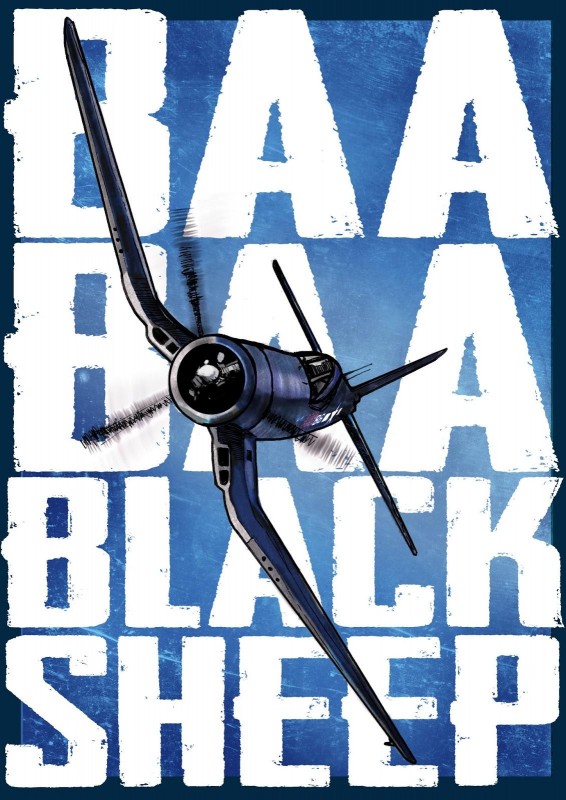
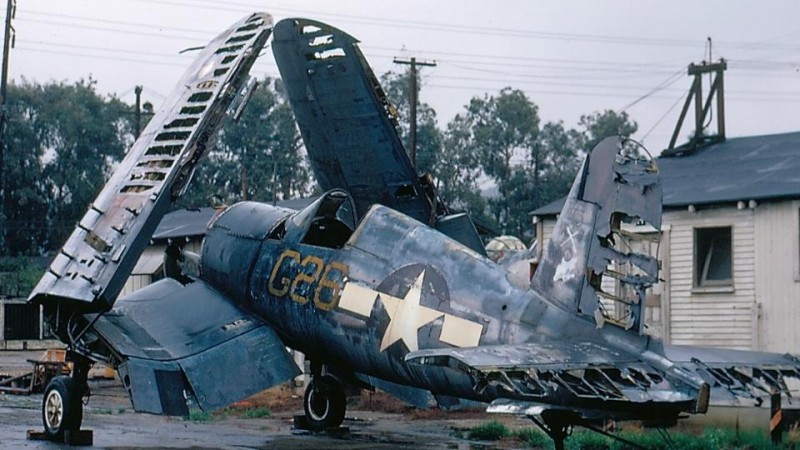
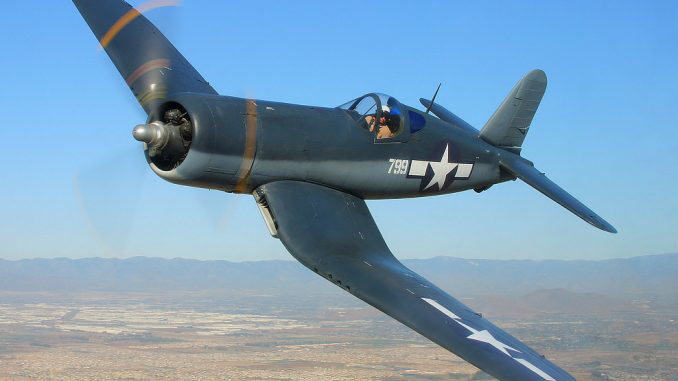
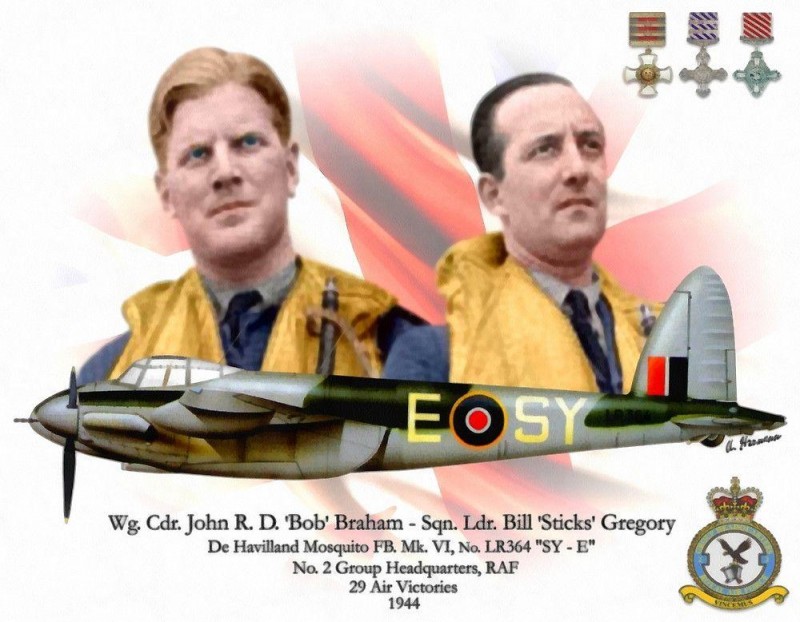

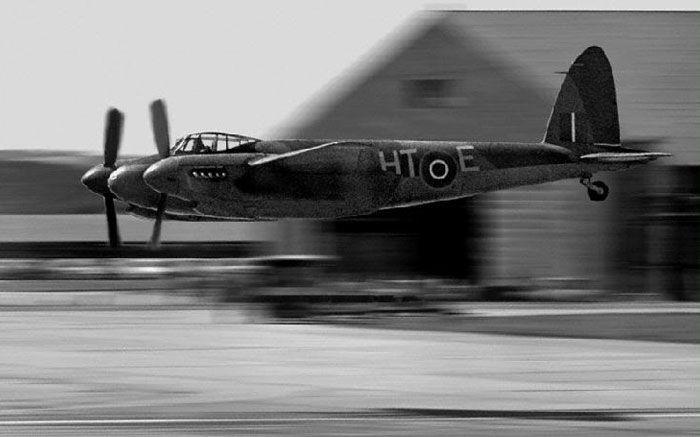
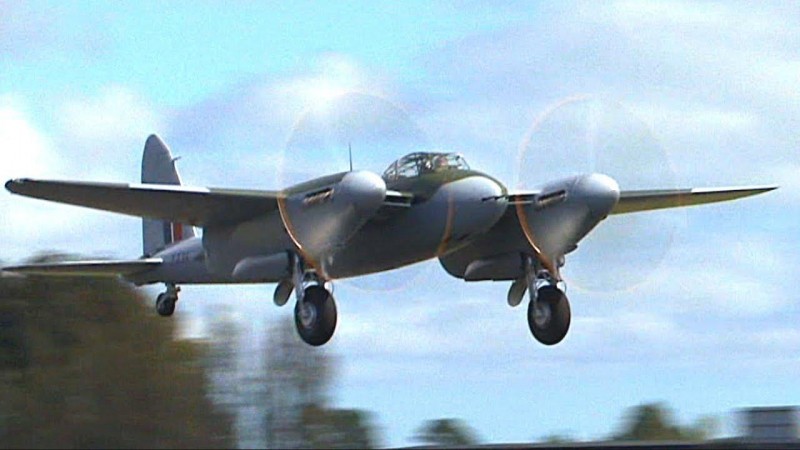
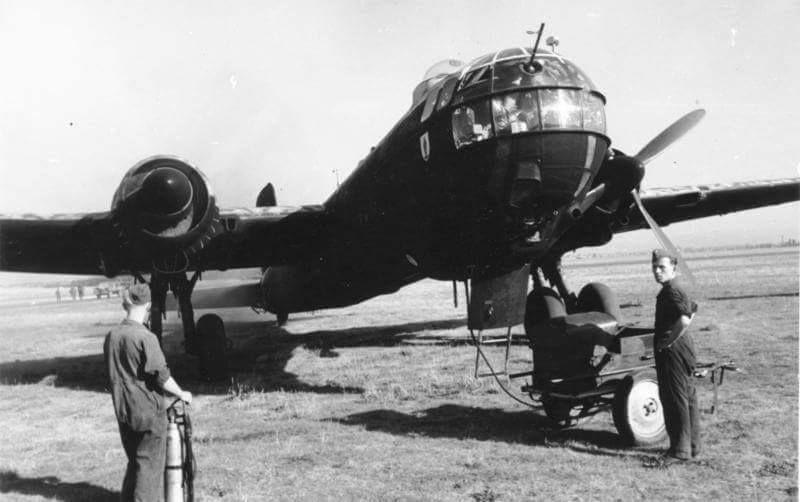
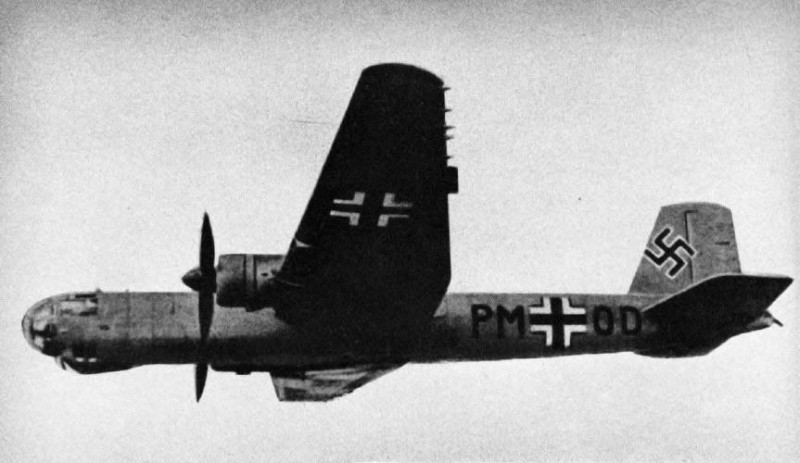
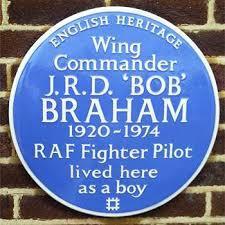
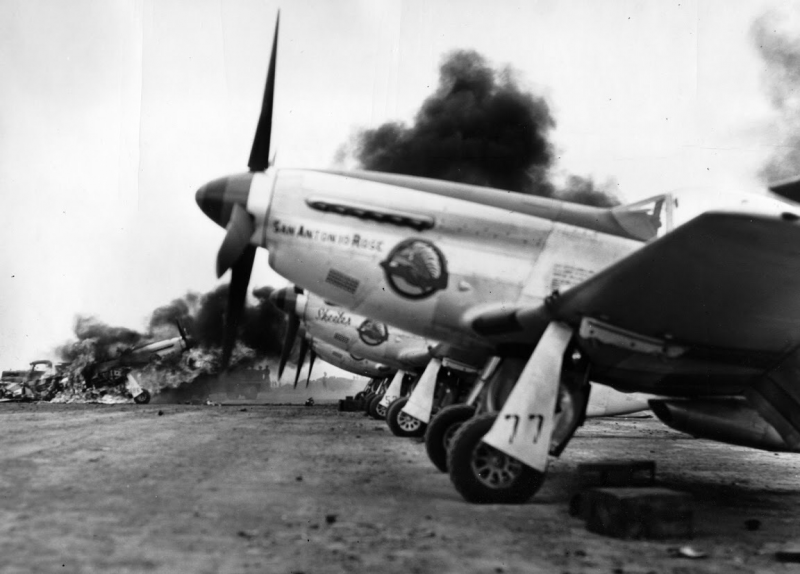
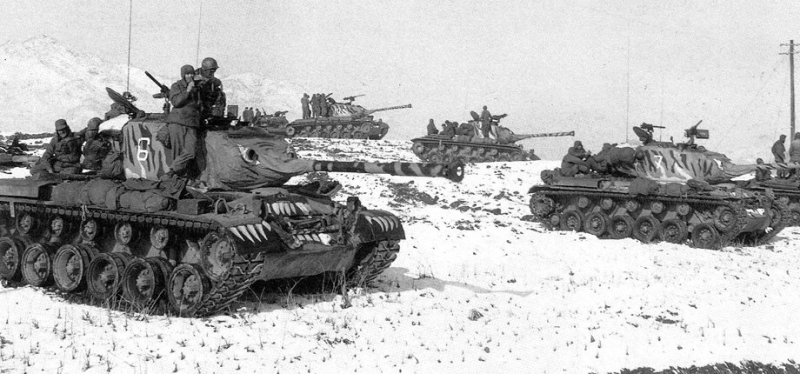
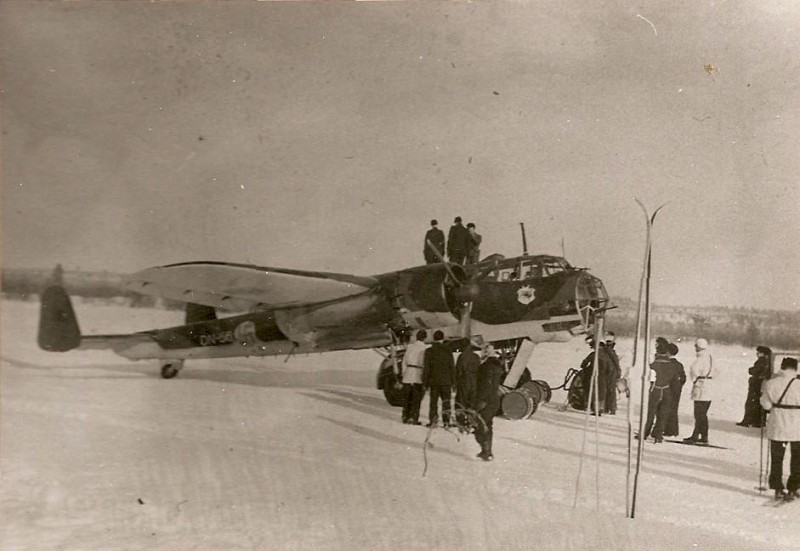

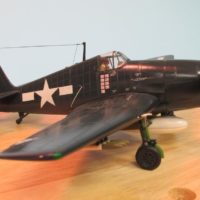
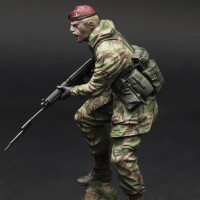

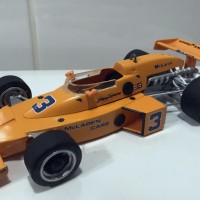
Good morning D-L, another fine set of "on this day" events in history. Read this after my Daily Bread. I don't comment on this to often. It is quite ironic that part of the posting is in regard to the Pappy Boyington's band of merry men of the VMF-214, (Black Sheep). Louis and I were actually talking about them yesterday. To me the show was just to watch the Corsairs fly, didn't care much about the story line. Did like Robert Conrad playing the part of Major Greg Boyington, scrappy and the typical Marine way of initiative, improvise, over come and adapt. (taking that from Eastwoods Heartbreak Ridge) Anyway just pure entertainment and watching Corsairs fly once a week.
Glad to see you here, Chuck. Feel like one of the family.
Blast from the past! I used to sneak up to watch Blacksheep when I was kid (6-7) until my dad finally caved and let me stay up past 9 oclock...just for that show. Early in 1985 my dad scored a contract in Los Angeles and for a few years we lived there in the summers when I was off from school. Growing up in Ohio there wasn't much in the way of warbirds and the only real news came from Air Classics magazine. I knew Chino was Mecca, along with Planes of Fame and their history with the Blacksheep tv show. These photos are from our first trip to Chino in 1985, the Planes of Fame Corsair was getting a second seat and fresh paint...which I believe was the first paint job it had since the show. The other Corsair was over at David Tallichet's hangar and still wearing her show colors. This Corsair is now with a museum in Cinci being restored. Ed Maloney really had keen foresight in to the future of these birds.
Fast forward to 2013 and I was flying Betty Jane out of Camarillo, CA. The dirt strip they used for filming was called Indian Dunes and the Channel Islands served as the Solomons, not far from Camarillo. The Islands are right off the coast and served as the "slot". I can't say I wish I wasn't in a Corsair but it was still cool to fly out over the islands. Somewhere I have photos of 'buzzing' Indian Dunes on another flight.
3 attached images. Click to enlarge.
Thanks, Jim. These are great memories and terrific photos. It’s a pleasure to hear from you and I’d love to see those Indian Dune pics if you ever find them.
Wow David !
Another fantastic article on this day ...
After reading the responses above, I wanted to add how the Corsair became my favorite plane.
Back in the mid 1970's there was a local gentleman named Harry Doan who owned a lot of various War Birds. Among the planes he owned were 3 F4U's and one was a F2G that has been restored and is now flying as it was raced #57.
This is an early F4U-1A that has since been restored twice and currently resides in Brazil. This picture was taken during the first restoration. It was damaged in a landing accident shortly after the first restoration was completed. It flipped over on its back after losing the brakes.
The plane ran off the end of the runway at the New Smyrna Airport and broke the fuselage just behind the cockpit. This prompted the second restoration. During the second restoration the "Birdcage" canopy was installed even though it's not correct for the airframe.
This is Bureau Number 17995.
The skinny little kid smiling like a Cheshire Cat is me standing next to the Corsair.
Here is the same plane after the first restoration was completed. I took this picture at the Spruce Creek Airport on Thanksgiving weekend many years ago...
I too watched the Blacksheep Squadron and never missed an episode. I watched it simply because it had Corsairs...
I feel the bug biting into me that is tempting me to build up a few. I have been thinking about this stuff for a while now.
It will happen soon. Promise.
As far as the picture of the 6th Medium Tank Battalion there is something crazy happening here.
Yesterday I posted a reply on your previous installment "On this Day", about my Dad's service in Korea. He was in the 31st RCT at Chosin and after he recovered from his injuries he was sent to what he called a "repo depot". It was a replacement detachment where they would reassign soldiers after they were fit for duty again.
He was then assigned to the 6th Medium Tank next ... You must have a crystal ball or something.
I asked Dad about the Cat Faces on the tanks from the 6th. He told me that his Company was not allowed to paint the "Faces" on theirs. So it was a Company thing and not done throughout the entire Battalion.
Another excellent article my friend. The stories that accompany the photos are incredible.
A great big "Thank You" and yet another hand salute is in order.
I’m a Psychologist, Louis, there are few coincidences.
Thanks for this, Lou - I LOVE that shot of you with the Corsair. A just amazing piece of personal history that every one of us can relate to.
Appreciate you sharing your experiences and memories, Louis, means a lot to have you here.
Indeed, Corsairs, Mossies, Mustangs, Pattons and Shermans. What’s not to like?
Another good one David!
You are most welcome, Gary.
Fly Navy.
Here are some other shots of the PoF Corsair I took back in October 2004. The airplane is actually one of the first F4U-1As, starting down the production line in 1943 as a "bird cage" and receiving the blown canopy on the way. It now uses an F4U-1D canopy. I once had the opportunity to catch a flight in her, but declined because there is no way the passenger would ever get out in any emergency. Other people have obviously thought differently, but having once been involved in a crash (that I walked away from because I was seated next to the door), I worry about that. When flying on airlines, I always choose the seat right next to the overwing emergency exit.
3 attached images. Click to enlarge.
Tom,
I'm 99.99 % certain that your information on the Corsair canopy is wrong on this particular airframe...it should have had a "Blown Type" sliding canopy with the cross bar when manufactured new.
I doubt the airframe would have been converted from a birdcage to a blown style canopy while rolling down the assembly line. There were too many other modifications to be done to the airframe besides a simple canopy swap. My belief is that the plane would have been completed as ordered, especially since it was during wartime.
The Canopy that is on this plane now was introduced later in the production run and was often seen on "Late" -1A's and "Early" -1D's when produced new at the factory. This later style of Blown canopy lacks the cross bar that horizontally connects the front and rear vertical frames together.
However your advice on the airline window seating would be my personal pick too... 🙂
Here's the information sources and actual pictures that show exactly what I'm talking about. One picture was originally credited to our resident Corsair historian Jim Sullivan...
This information table showing the following design changes based on the bureau numbers, was provided by Dana Bell in his fantastic book entitled "Aircraft Pictorial #8, F4U-1 Corsair Vol. 2
This shows the Vought factory implemented the "Raised Cabin" and no longer produced "birdcage" versions following Bureau Number 17647, which is about 150 airframes before the PoF Corsair.
Goodyear introduced this change at Bureau Number 13291
while Brewster did this starting with Bureau number 04575.
The following pictures I took pictures of using my cell phone and then cropped them making them easier to read. These pictures were used in another excellent book called "Blue Devils" by Mark Styling and Barrett Tillman.
The first picture shows a late "Birdcage" Corsair flown by Roger Conant. This is Bureau number 17590 and was originally credited to our very own "Mr. Corsair" Jim Sullivan.
Here's a close up showing the "birdcage" canopy on "590"...
These last two pictures are of Bureau number 17735 which is 60 airframes ahead of the PoF Corsair. It has the "Blown" canopy with the cross bar that you usually see on the majority of the -1A versions.
I provided another cropped close up showing the cross bar and blown canopy on 735.
I hope this helps to clear up any confusion that can be brought about by "getting it wrong"...as we all do from time to time.
It was most likely built as a regular -1A and not a "birdcage" as there were other modifications done to the airframe besides just a canopy swap. The seat was raised, the turtle deck was modified / reinforced along with the seat armor and so on...
By the way those are some great in flight pictures of 17795 .